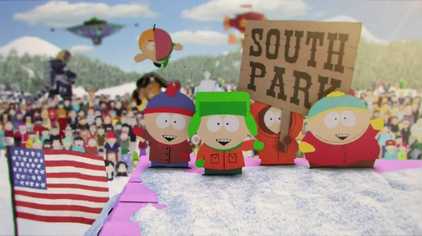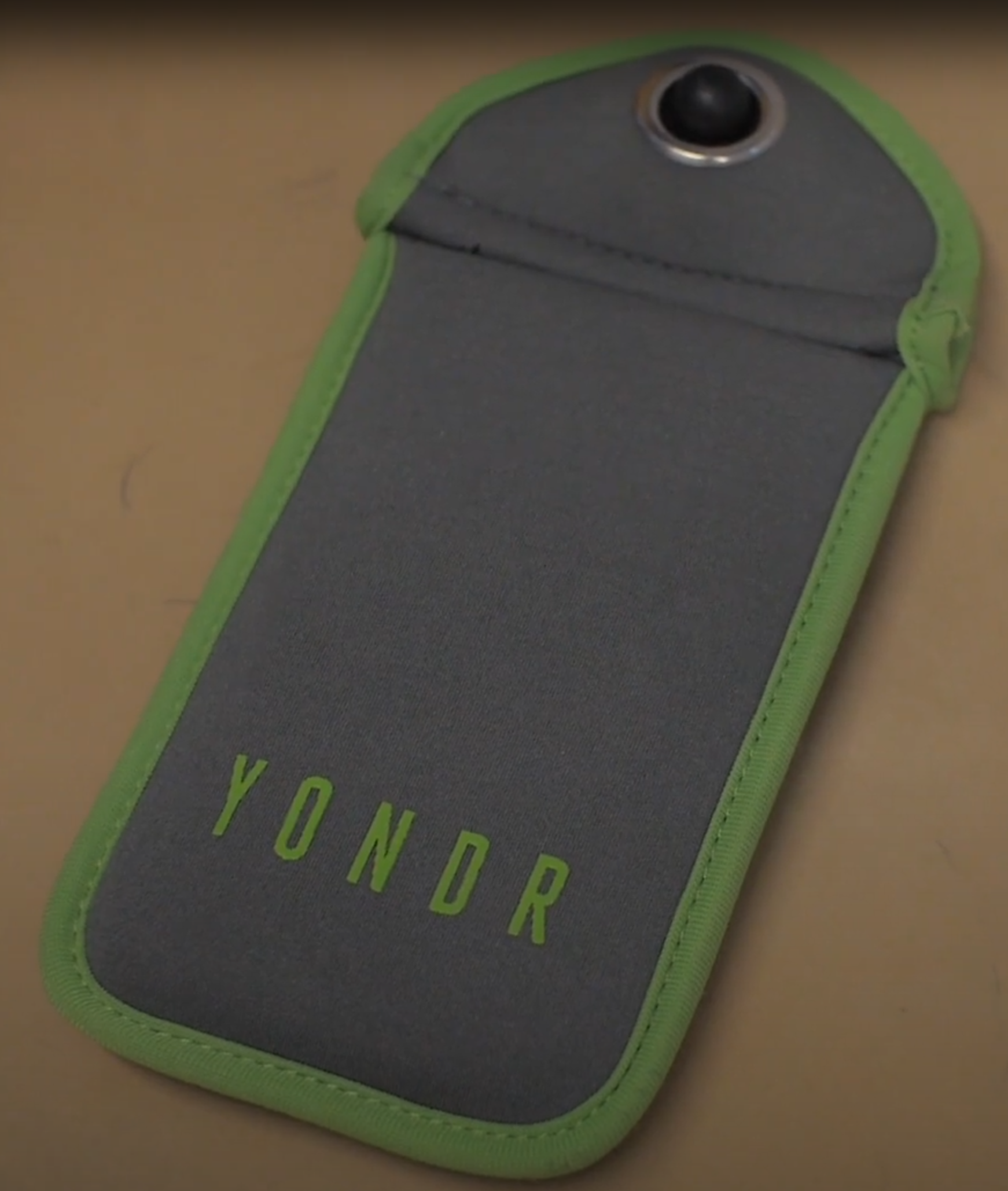Easily recognizable by its bright red and yellow letter “M” logo, how did McDonald’s successfully grow into the world’s largest fast-food chain? McDonald’s first began to expand their international markets in 1967, and now have over 36,000 restaurants in over 100 countries This could be attributed to McDonald’s effective marketing strategy of cultural relativism, which is the ability to understand another culture from its standards.
 While every McDonald’s has the iconic Big Mac, the menus change depending on the country of the restaurant. The goal is to appeal to culture, to a society’s socially learned and shared ideas, behaviors, or material components, in this case, through food. What we eat and whom we eat with can strengthen the bonds between individuals, communities, and countries. Food serves a valuable purpose of displaying attitudes, practices, and rituals. According to McDonald’s, their menu is altered to reflect different tastes and local traditions for every country.
While every McDonald’s has the iconic Big Mac, the menus change depending on the country of the restaurant. The goal is to appeal to culture, to a society’s socially learned and shared ideas, behaviors, or material components, in this case, through food. What we eat and whom we eat with can strengthen the bonds between individuals, communities, and countries. Food serves a valuable purpose of displaying attitudes, practices, and rituals. According to McDonald’s, their menu is altered to reflect different tastes and local traditions for every country.
Starting in Europe, McDonald’s France used locally sourced French cheeses like chevre, cantal, and blue. McDonald’s Greece has a Big Mac drizzled with Tzatziki sauce in a pita. In the United Kingdom, healthy alternatives were important. McDonald’s catered to their values and collective ideas about what is desirable and undesirable in society by providing meat and dairy locally sourced from British and Irish farms.
 In Asian countries like Malaysia and Singapore, where other fast-food brands struggled to promote their food, McDonald’s prospered by being certified halal. According to the Islamic definition, halal refers to the permitted, allowed, and lawful foods. McDonald’s respects the beliefs and ideas generally held to be true within society by following religious norms. Moreover, the state enforces formal and legal rules, or laws, that require animal-slaughtering methods to follow halal guidelines in Malaysia and Singapore. Thus, McDonald’s creates core menu items using halal meat in these countries. In addition, pork and bacon products were removed since they are taboo and violate formal norms. Further aiding their success, there are dishes specifically crafted that are popular among citizens, such as McDonald’s Malaysia version of nasi lemak and McDonald’s Singapore nasi uduk and rica-rica chicken rice.
In Asian countries like Malaysia and Singapore, where other fast-food brands struggled to promote their food, McDonald’s prospered by being certified halal. According to the Islamic definition, halal refers to the permitted, allowed, and lawful foods. McDonald’s respects the beliefs and ideas generally held to be true within society by following religious norms. Moreover, the state enforces formal and legal rules, or laws, that require animal-slaughtering methods to follow halal guidelines in Malaysia and Singapore. Thus, McDonald’s creates core menu items using halal meat in these countries. In addition, pork and bacon products were removed since they are taboo and violate formal norms. Further aiding their success, there are dishes specifically crafted that are popular among citizens, such as McDonald’s Malaysia version of nasi lemak and McDonald’s Singapore nasi uduk and rica-rica chicken rice.
Aside from the diverse menus, McDonald’s is called different names across the globe. For example, Hong Kong McDonald’s is pronounced mak dong lou in Cantonese or mai dang lao in Mandarin. This usage of verbal language, a system of spoken and written words, made it easier for locals to say and remember the name of the fast-food place. Since there is no Vietnamese word for McDonald’s, my immigrant parents have always called it “Big Mac.” By the mention of the famous meal, I knew the restaurant right away!
In recent years, McDonald’s increased efficiency and popularity have also come from technological advancements. Technological determinism, the theory that society’s technology drives the development of its social structures, can be observed in McDonald’s development to match the increasing availability of the Internet. There are self-service ordering kiosks and a digital ordering platform, which reduces McDonald’s time spent serving consumers and provides an alternative for introverted or busy customers.
McDonald’s innovative products allow the franchise to meet the global market’s needs. While visitors may experience culture shock or surprise when encountering a new culture, locals at these McDonald’s would not feel like these items are extraordinary. It was specially designed to reach local and regional markets while spreading McDonald’s classic hamburgers, fries, and soft drinks. Is there anything you’d like to try that isn’t available at your local McDonald’s?
La is a guest blogger at UITAC Publishing. UITAC’s mission is to provide high-quality, affordable, and socially responsible online course materials.
Images used in this blog:
- “Man Holding A Mcdonald’s Paper Bag” by Erik Mclean is licensed on Pexels. This image has not been altered.
- “Burger and Fries on White Table” by Polina Tankilevitch is licensed on Pexels. This image has not been altered.
- “Woman in Cap Pointing on Seat with McDonalds Logo” by 三岁 陈 is licensed on Pexels. This image has not been altered.



